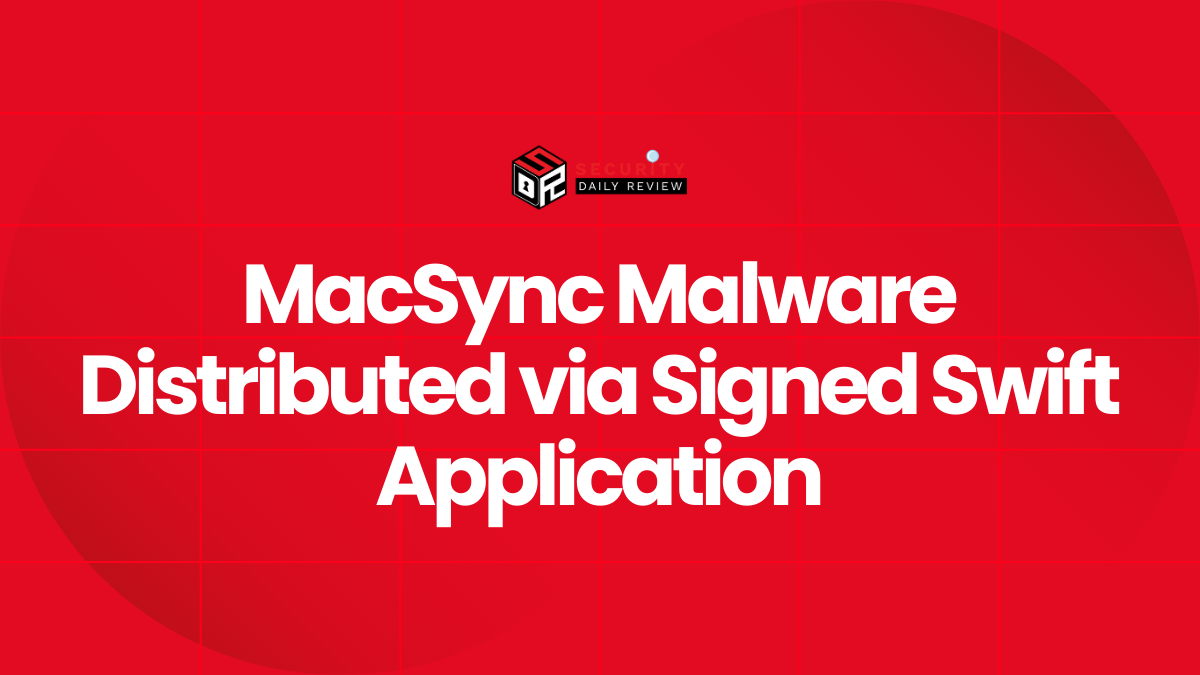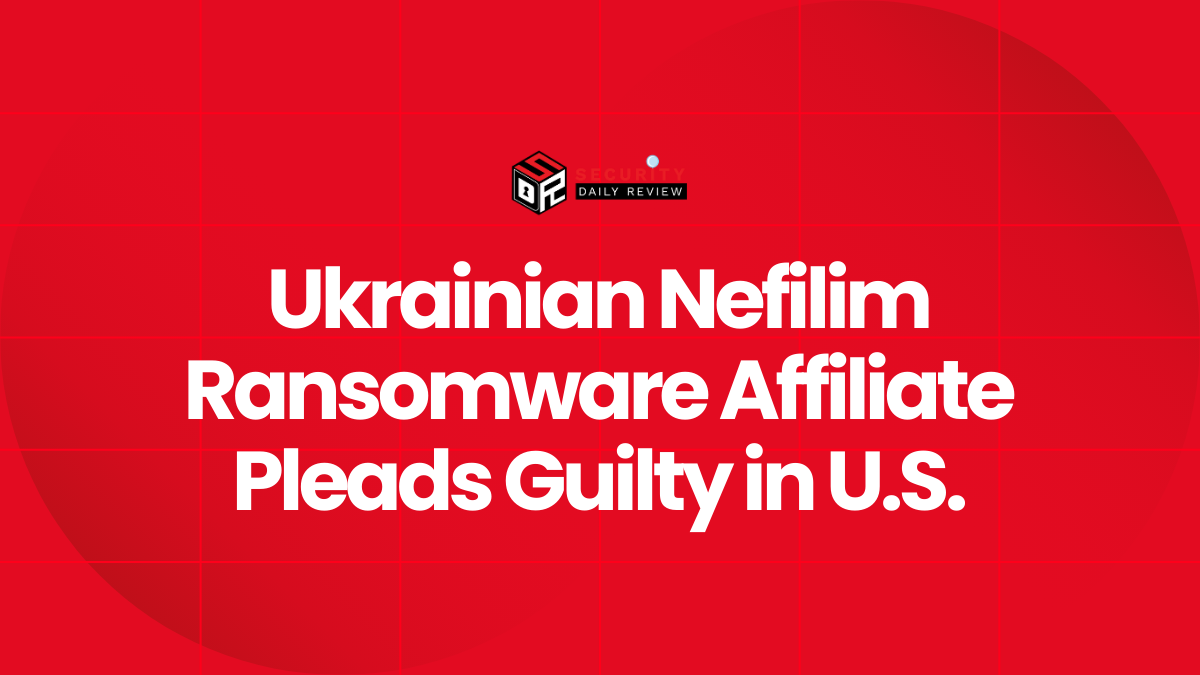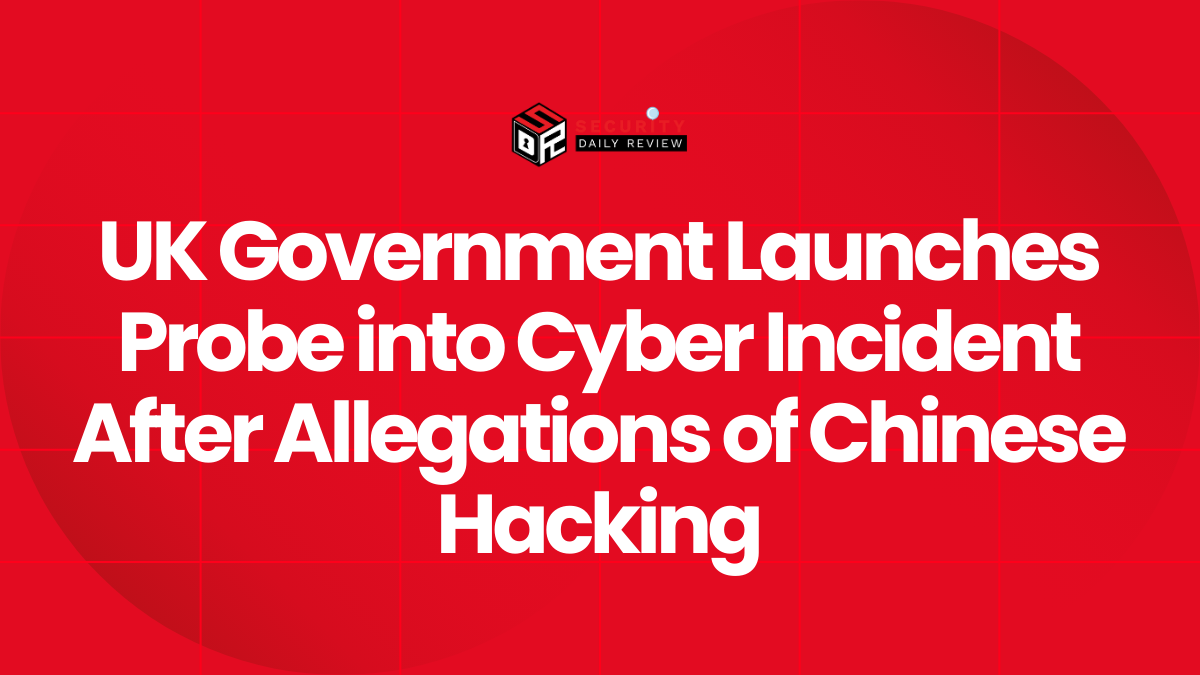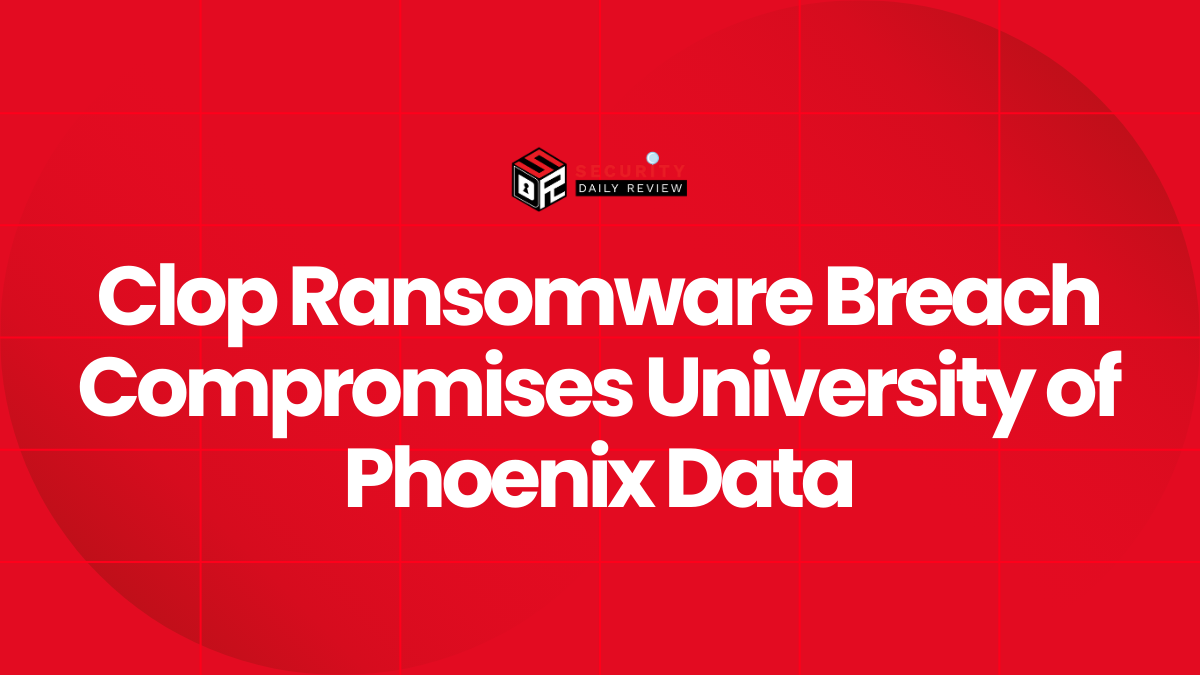Cybercriminals are increasingly weaponizing trusted platforms to slip past hardened defenses—and this time, the Internet Archive has become an unwitting accomplice. Recent research has revealed that attackers are abusing the Internet Archive’s infrastructure to host stealthy malware loaders, executing a multi-layered infection chain designed to evade detection at every step. This development underscores a growing trend in cybersecurity threats: the strategic exploitation of reputational trust to infiltrate networks undetected.
Threat Actors Exploit Internet Archive to Deliver Obfuscated Malware Loaders
Security researchers have uncovered a sophisticated campaign in which threat actors leverage the Internet Archive (archive.org)—a widely trusted resource for digital preservation—as a command post to serve obfuscated malware payloads. Using a blend of steganography, encoding techniques, and multi-stage scripting, the infection chain taps into commonly whitelisted domains to quietly deliver and execute the final payload.
A Multi-Stage Malware Delivery Chain Begins with JScript
The infection process starts with the unsuspecting execution of a malicious JScript file, often delivered through spam email campaigns. Upon activation, the JScript script calls a PowerShell loader to download a PNG file hosted on the Internet Archive. While appearing harmless, the image is anything but benign.
Hidden in the RGB pixel values of the PNG is a Base64-encoded .NET loader. Once decoded and extracted in memory, the loader proceeds to install itself for persistence by creating a `Run` key at:
“`HKCUSoftwareMicrosoftWindowsCurrentVersionRun“`
This method sidesteps traditional disk-based detection, allowing execution directly in memory.
The End Goal: Delivering Remcos via a Dynamic C2 Infrastructure
The final malicious stage of the campaign deploys the Remcos remote access trojan (RAT), a feature-rich tool used by various threat actors for surveillance, data exfiltration, and lateral movement. The trojan connects to its command-and-control (C2) server via a DuckDNS subdomain. This free dynamic DNS service enables attackers to frequently change IP addresses while maintaining a consistent domain, complicating detection and takedown efforts.
Notably, HTTPS requests to archive.org, being a trusted and commonly whitelisted domain, are unlikely to trigger security alerts, allowing the transfer of malicious components to occur largely undetected.
Earlier Campaigns Highlight a Consistent Pattern of Archive.org Abuse
This isn’t the first time attackers have piggybacked on the trustworthiness of the Internet Archive. As early as July 2021, analysts from the SANS Internet Storm Center documented a similar abuse pattern involving malicious PowerShell scripts.
In that case, PowerShell code with minimal AV detection fetched Base64 blobs from archive.org, subsequently decoded them, wrote them to disk, and executed them using `aspnet_compiler.exe`, a legitimate Windows binary. Interestingly, the metadata of the downloaded payload included uploader information and timestamps, offering clues to attribution. The case reinforced a key takeaway: platforms that allow user-generated content are prime targets for supply chain attacks and malware hosting.
Network Behavior Observations Support Evidence of Malicious Activity
An analysis conducted through the ANY.RUN malware sandbox further substantiates this trend. In observed cases, Internet Explorer (`iexplore.exe`) was used to establish connections to both `archive.org` and `web.archive.org`. These were flagged as suspicious within the sandbox environment, corroborating the assertion that the Internet Archive is actively being used as a malware distribution leg in the infection chain.
These observations also point to a common attacker tactic: reliance on legacy or widely available tooling such as Internet Explorer and PowerShell, both of which are often still enabled in enterprise environments.
JavaScript-Based Delivery Mechanisms are on the Rise
Palo Alto Networks’ Unit 42 confirms these attacker preferences through broader threat intelligence. JavaScript downloaders remain the leading category of web threats, outpacing even web skimmers and cryptominers. The popularity of JavaScript stems from its ease of obfuscation, flexibility in execution environments, and ability to fetch additional payloads unobtrusively.
When combined with trusted infrastructure—such as the Internet Archive—JScript loader malware becomes exceptionally stealthy, slipping past content filters and endpoint detection tools that are either overly permissive or lack behavioral context.
Implications for Defenders and Recommendations for Mitigation
The strategic abuse of the Internet Archive presents a unique challenge to security operations teams. Traditional defenses—such as URL filtering and signature-based detection—are ill-equipped to handle content hosted on whitelisted platforms undergoing live abuse. The level of sophistication evident in JScript loader malware, from layers of Base64 and steganographic encoding to dynamic DNS for C2 communication, calls for an equally adaptive defense posture.
To mitigate these risks, organizations should:
- Implement network anomaly detection to alert on unusual outbound HTTPS traffic patterns, even to trusted domains.
- Use behavior-based endpoint detection and response (EDR) tools that can flag suspicious script execution patterns (e.g. PowerShell invoking downloads).
- Limit the use of legacy browsers and scripting tools such as Internet Explorer and unrestricted PowerShell.
- Monitor registry changes, especially those modifying the `Run` key within `HKCU`.
- Inspect image files for steganographic content if fetched via scripting mechanisms.
Security teams should also audit and update allow-lists regularly, moving towards dynamic risk models rather than static trust relationships.
Trusted Doesn’t Always Mean Safe
The abuse of the Internet Archive for malware distribution is a sobering reminder that even long-standing, reputable platforms can be weaponized. JScript loader malware is growing more evasive, threading its way through inspection points by hiding in plain sight. As the security threat landscape continues to evolve, defenders must question long-held assumptions about where danger may reside—and make no exception, even for the most venerable corners of the web.









